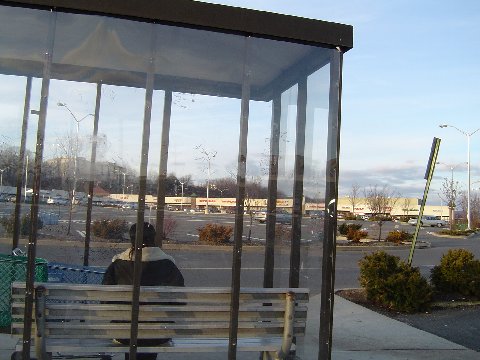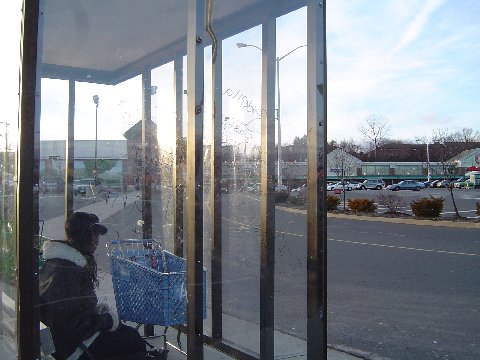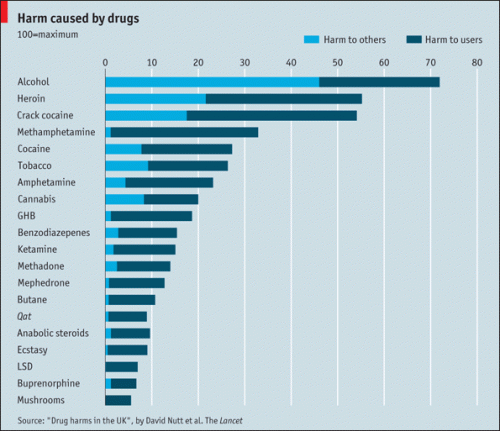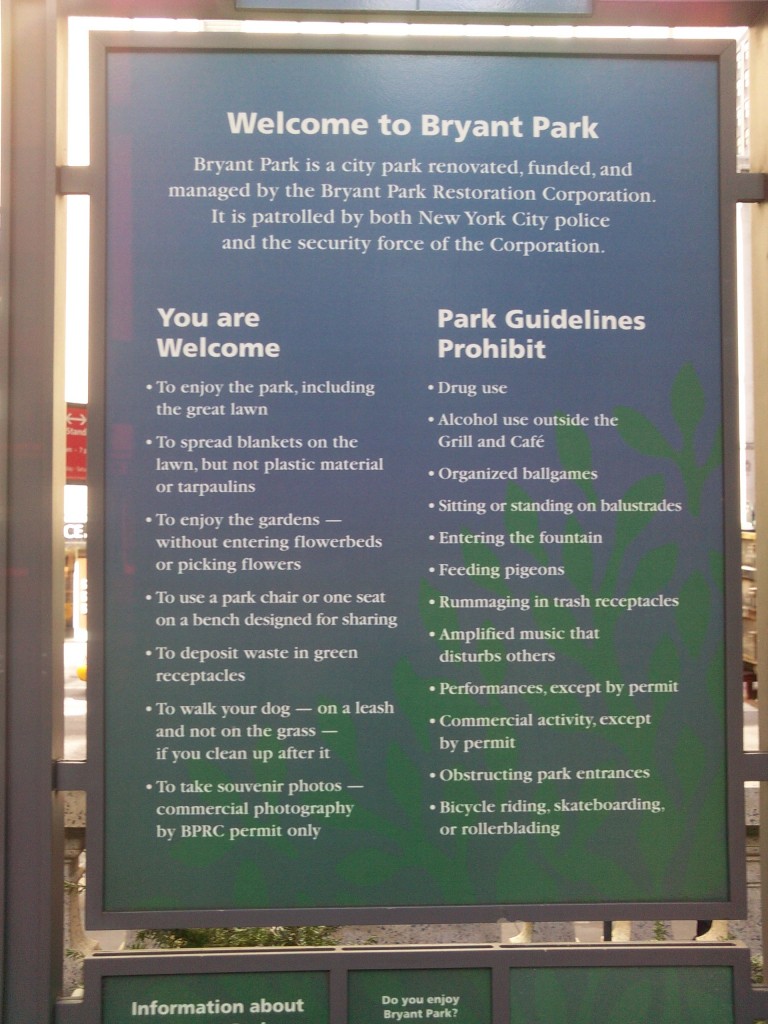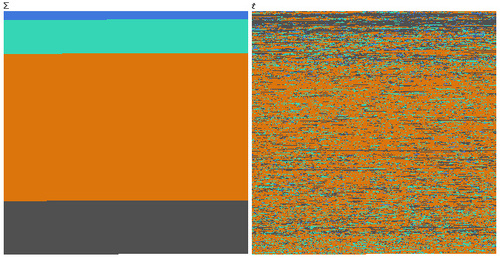Cross-posted at Jezebel.
In the article “And You Can Be My Sheikh: Gender, Race, and Orientalism in Contemporary Romance Novels,” Jessica Taylor discusses the “sheikh romance,” a type of romance novel that, Taylor argues, follows the following basic formula:
In an exotic land where it is rumoured that men still rule, a tall, dark and handsome sheikh meets a white woman who teaches him how to be ruled by love. (p. 1032)
Sheikh romances are generally set in fictional countries in the Middle East, with a male character described as a “sheikh,” “sultan,” or something along the lines of “king of the desert.” He is, of course, invariably rich and powerful. The female protagonist, on the other hand, is a White woman, usually from the U.S.
The topic is popular enough that Harlequin has a whole series, Desert Brides:

Another popular option is the Sons of the Desert series:

Taylor argues that these novels present a masculinized, exotic, and ultimately pre-modern Oriental Other that is contrasted with the modernized West.
Some examples:

The blurb, from Amazon (elipses in original):
When Sheikh Khalid Fehr rescues innocent Olivia Morse from the hands of his country’s enemies, he guarantees her freedom by announcing she is his betrothed….Khalid has vouched for Liv with his honor… and this desert king is determined that his new wife will fulfill her marital duties, by his side as his regal queen…and as his captive virgin bride!
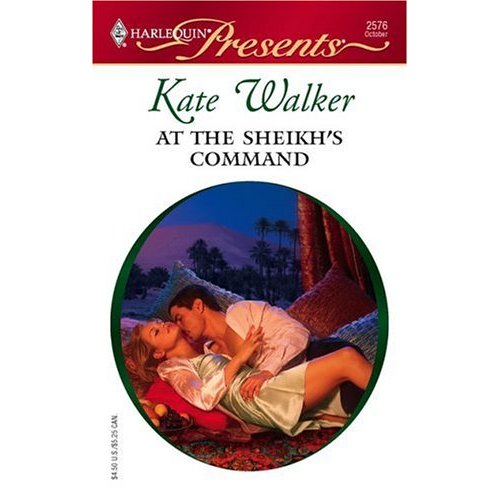
Description:
Abbie Cavanaugh’s brother is in jail. Abbie can obtain his freedom—but only if she marries the Sheikh of Barakhara. The explosive passion between Prince Malik and Abbie could turn a marriage of convenience into one of Eastern promise. But neither Abbie nor Malik knows the other’s real identity. Can their marriage survive once the truth is revealed?
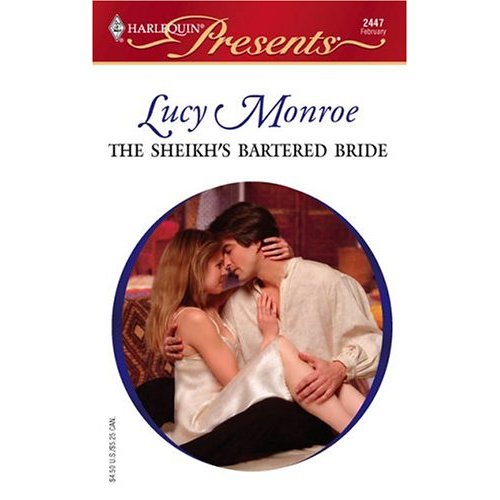
Description:
After a whirlwind courtship, Sheikh Hakim bin Omar al Kadar proposes marriage. Shy, innocent Catherine Benning has already fallen head-over-heels in love and she accepts….
After their wedding day–and night–when the sheikh claims his virgin wife, Catherine and Hakim travel to his desert kingdom. There Catherine discovers that this is no love match for Hakim–he’s bought her!
For more examples, go to Amazon and search “sheikh romance.” Seriously, there are tons of them — Traded to the Sheikh, Stolen by the Sheikh, The Desert Prince’s Mistress, The Sheikh’s Virgin, Love-Slave to the Sheikh, The Sheikh’s Ransomed Bride (notice the recurring economic transaction theme?), and my new personal favorite book title ever, Hired: The Sheikh’s Secretary Mistress, described thusly:
Sheikh Amir bin Faruq al Zorha lives in New York, but the desert is where his heart lies. Now it’s time for him to marry….Grace Brown, Amir’s plain but indispensable assistant, isn’t exactly queen material. No matter how tempted Amir is to take her innocence, she’s off-limits. Until he returns to his homeland, where the barbarian prince replaces the businessman—and resolves that Grace will be his!
Taylor argues that the themes of these books reflect concerns about gender relations while also setting up an East/West dichotomy in which Western (usually specifically U.S.) women tame the “barbarian” desires of non-Western men. The male love interests are too masculine for current U.S. cultural norms; they attempt to control women in an obvious manner, to force them into marriage, and/or to acquire them by purchase or trade.
But they are ultimately redeemable “barbarian princes.” On the cover, they’re darker than the (generally blond) woman, but only slightly so. They are usually described as having lived in the U.S. or Europe, often during college. They seek to “modernize” their countries, often signaled by their disinterest in or opposition to the harems still maintained by other men in their countries. Referring to harems clearly links this fictionalized Middle East to the past, while the individual hero instead chooses monogamy with one White woman, signaling his modernization.
A woman, and love, tame the dangerous but desirable hero. Interestingly, femininity here is presented as preferable not just for women, but for the male character as well, as a necessary element to balance his hypermasculinity:
…the man is brought to acknowledge the pre-eminence of love and the attractions of domesticity…the theme of category romance is female power…By getting the hero to give in and fall in love with her, and admit it, she brings him into the “feminine” world view…the heroine “civilizes” the Arab hero into a domestic love and he thus becomes an acceptable husband for a white girl. (p. 1046-47).
Ultimately, then, the sheikh romance presents a backward East, a state signaled largely by gender relations. There are two types of Middle Eastern men: those who are redeemable, who can be modernized, and those who can’t. And adoption of a certain ideal of monogamous romantic love, which renders the hero’s hypermasculinity exotic but no longer scary, provides the key to modernizing otherwise barbaric cultures.
The article is in Journal of Popular Culture v. 40, no. 6 (2007), p. 1032-1051.









